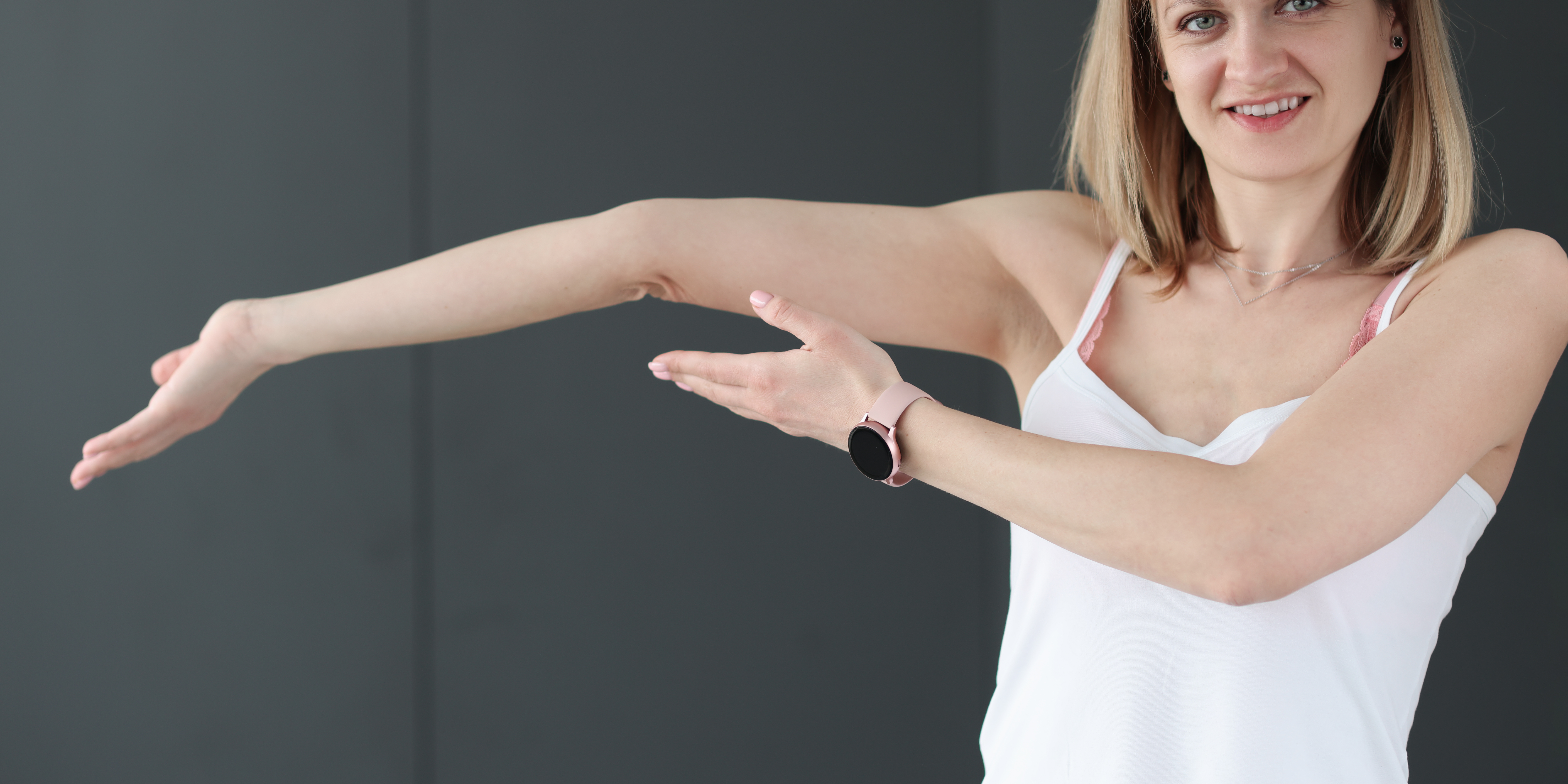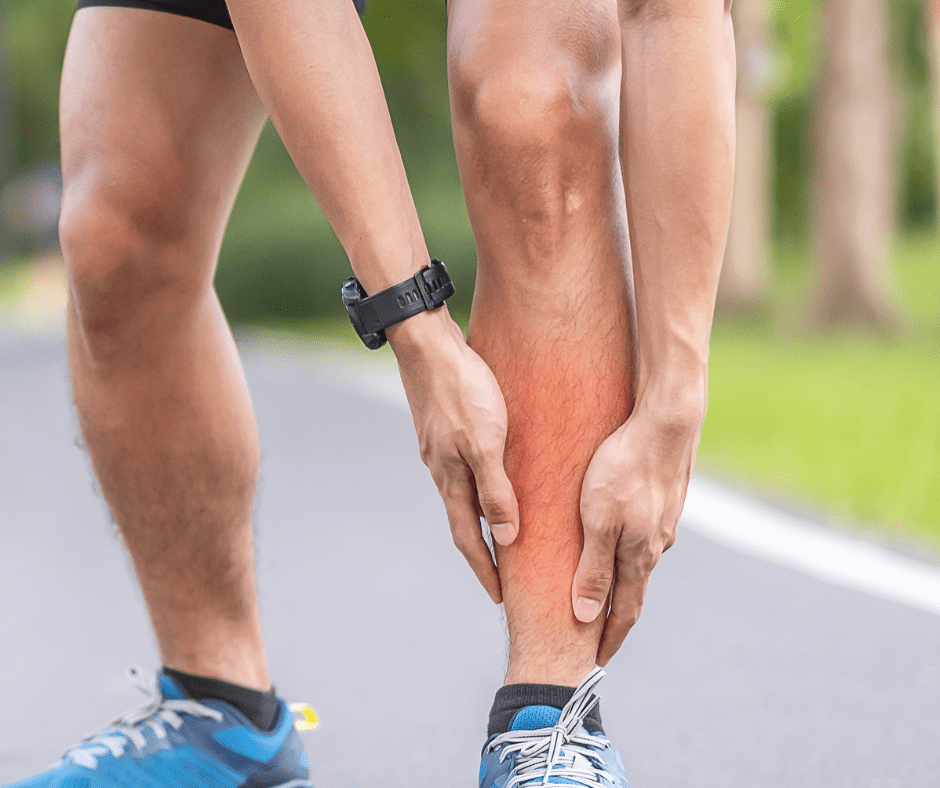What is runner’s knee?
Patello-femoral joint pain (PFP), often referred to as runner’s knee, is the most prevalent running injury characterised by pain around or behind the patella (kneecap). This condition frequently affects physically active individuals, particularly athletes and runners. Understanding the causes, symptoms, and effective management strategies is crucial for those grappling with this common knee ailment.
Causes of Patello-femoral Pain
Patello-femoral pain arises from imbalances or dysfunction in the forces that control patella tracking within the femoral groove. Several factors contribute to the development of PFP, including:
- Overuse and Overtraining: Repetitive stress on the knee joint, common in activities like running and jumping, can lead to overuse injuries, causing irritation and inflammation in the patello-femoral joint. Significant changes in loading can also be problematic.
- Muscle Imbalance: Weakness or imbalance in the quadriceps muscles, especially the vastus medialis obliquus (VMO), can lead to improper patellar alignment and increased pressure on the patello-femoral joint.
- Malalignment of the Patella: Structural issues, such as a misaligned patella, patella alta or abnormalities in the femoral groove, can contribute to abnormal patellar tracking, resulting in pain and discomfort.
- Biomechanical Factors: Poor biomechanics and poor running technique can alter the alignment of the lower extremities, contributing to PFP. Increased hip adduction during running gait is a significant contributory factor.
Symptoms of Patello-femoral Pain
Individuals with PFP often experience a dull, aching pain around or behind the patella, which may worsen during activities that involve bending the knee, such as climbing stairs, squatting, or sitting for extended periods. Other common symptoms include swelling, crepitus (grinding sensation), and a feeling of instability in the knee.
Managing Patello-femoral Pain
Effective management of PFP involves a multifaceted approach, addressing both the symptoms and underlying causes. Here are some strategies for managing patello-femoral pain:
Rest and Activity Modification:
Allow adequate time for rest to reduce inflammation and prevent further irritation. Modify activities that exacerbate symptoms, such as avoiding high-impact exercises or excessive squatting, stairs or running. Similarly you may need to reduce speed work or hill runs if you need to keep running but want to manage symptoms.
Ice and Anti-Inflammatory Medications:
Applying ice to the affected area can help alleviate pain and reduce inflammation. Non-steroidal anti-inflammatory drugs (NSAIDs) may be recommended by healthcare professionals to manage pain and swelling. At Wandsworth Physiotherapy we can recommend OTC anti-inflammatories or prescribe prescription only anti-inflammatories.
Physiotherapy:
Strengthening exercises, particularly for the quadriceps and glute muscles, can help correct muscle imbalances and improve patellar tracking. Stretching exercises and soft tissue massage for the hamstrings, quads and iliotibial (IT) band can enhance flexibility and reduce tension around the knee. Taping the patello-femoral may also help to offload irritable structures and help with pain in the short term.
Gait retraining
PFP often comes on when there is a narrow running gait and / or a drop of the opposite hip on initial contact. This increases adduction of the stance leg leading to, amongst other things increased peak loading through the patella-femoral joint. Over striding can also lead to increased ground contact time resulting in greater knee flexion and patella-femoral joint loading. Increasing running cadence can help to counteract this, working with a running coach or physio skilled in gait analysis is recommended.
Orthotics and Footwear:
Custom or over-the-counter orthotics can address biomechanical issues, providing support and improving lower limb alignment. Choosing appropriate footwear with good arch support and cushioning can also alleviate stress on the knee joint. Our podiatrist can help you with off the shelf or custom-made orthoses.
Return to Running plan:
Once symptoms have improved, a gradual return to activity is crucial to avoid overloading the knee joint. Working with one of our physios on a bespoke return to running plan is recommended. General principles include starting with a short test run and review how you feel over 24 hours. If there has been no significant reaction, repeat that run after another 24 hours has passed. Then increase runs using the 10% – increasing one variable by 10% each run.
Conclusion
Patello-femoral pain is a common knee condition that can significantly impact an individual’s quality of life, especially those involved in physical activities. Understanding the causes and symptoms of PFP is essential for implementing an effective management plan. By addressing muscle imbalances, modifying activities, and incorporating rehabilitation strategies, individuals with patello-femoral pain can often find relief and resume their active lifestyles. It’s crucial to consult with a healthcare professional for an accurate diagnosis and personalised treatment plan tailored to individual needs.




